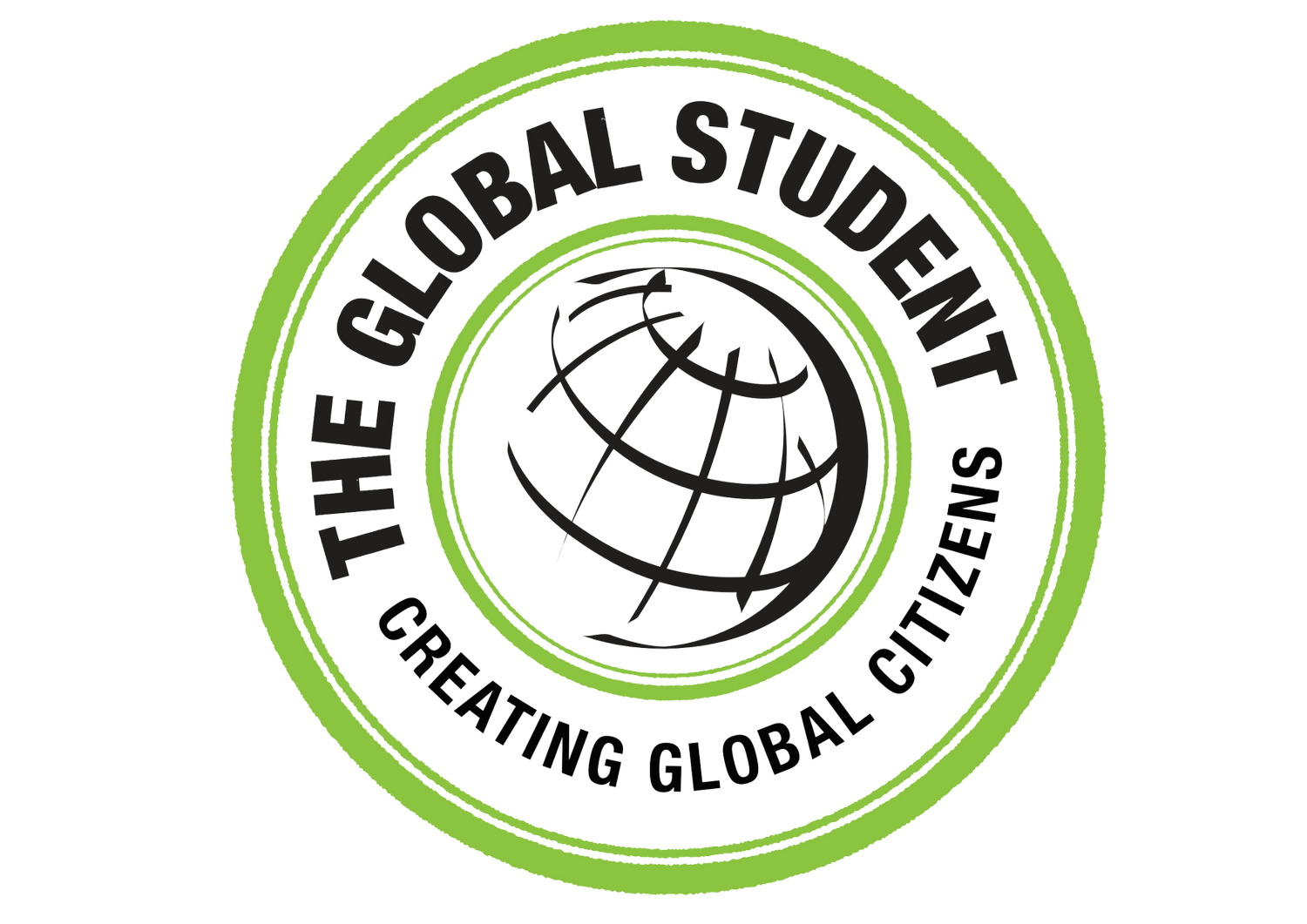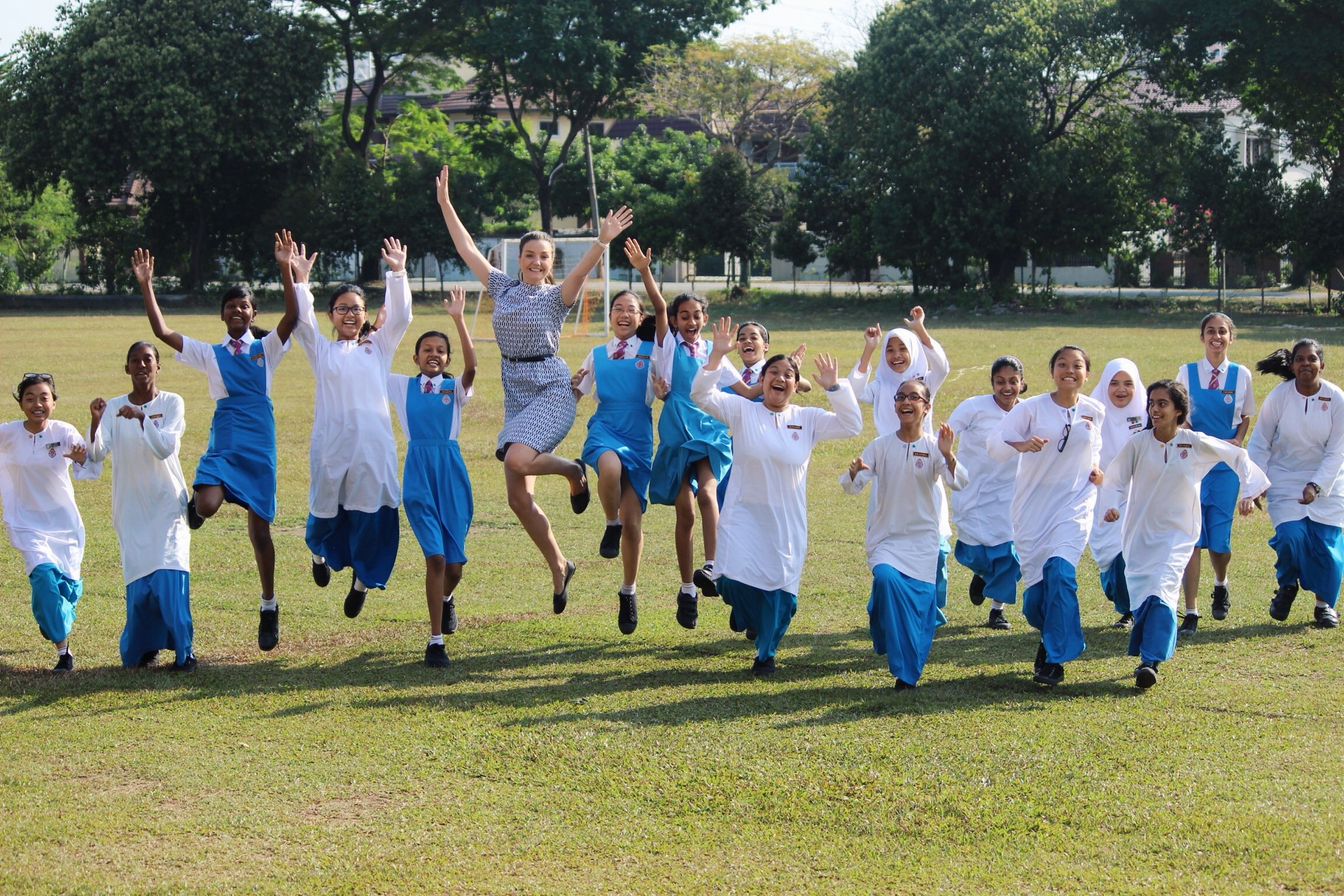
Global Education Practicum
The Global Education Practicum (GEP) was piloted in 2013 through DFAT (formerly Australian Education International (AEI) Malaysia, where students across five Victorian universities (Deakin, LaTrobe, Monash, RMIT, and Victoria) travelled to Kuala Lumpur to take part in a cross-institutional teaching placement in Malaysian schools. The program is run in conjunction with the Malaysian Ministry of Education and is part of the Malaysia-Australia bi-lateral agreement.
The experience counts as a supervised teaching practicum towards accreditation with the relevant state-based teacher training accreditation authorities.
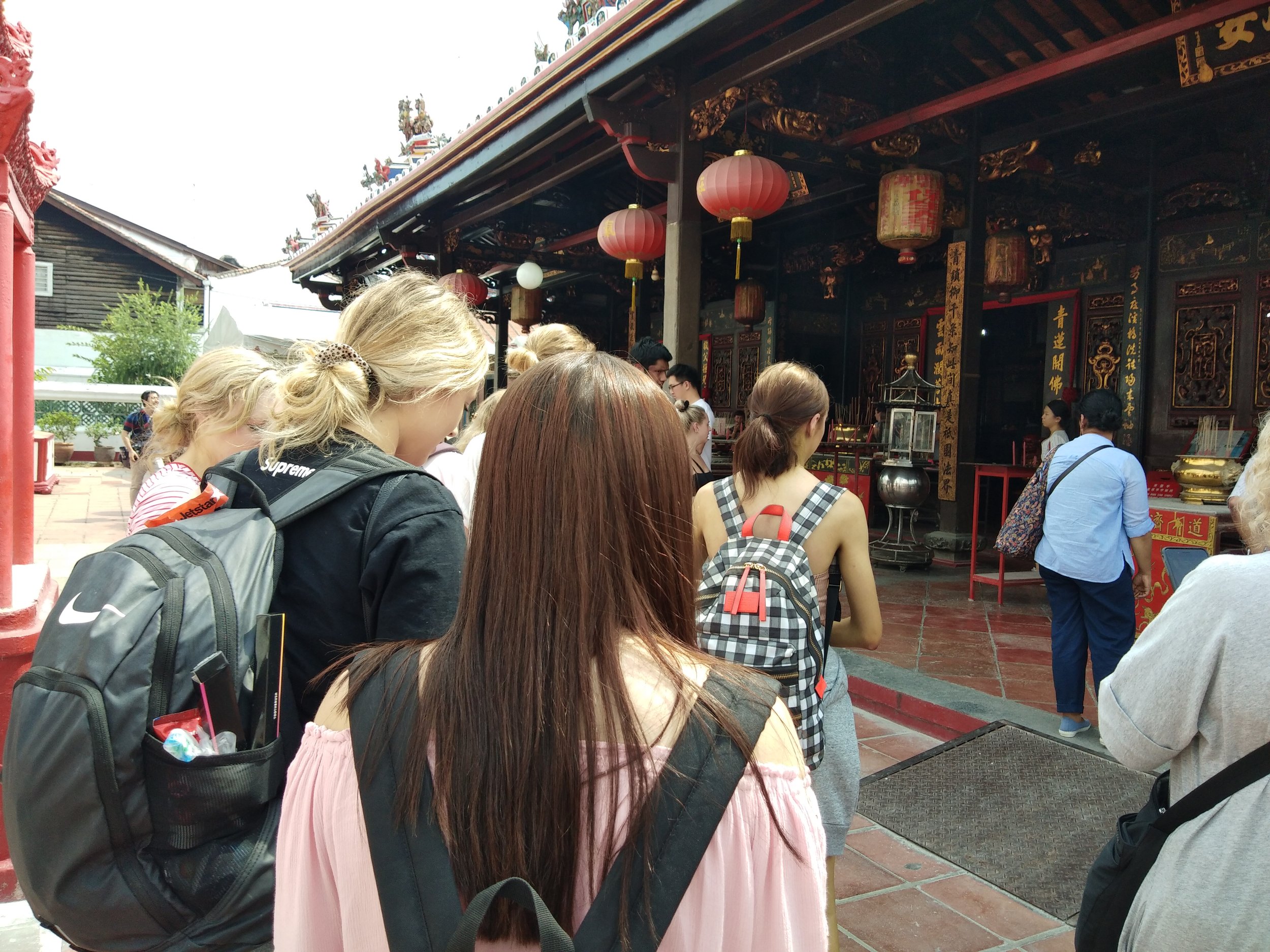
We were engaged to run the program in 2013 and up to January 2020, 456 students have participated in the program, involving a total of 102 schools and kindergartens across four states in Malaysia.
Thirty staff from across the various universities have enabled the programs, resulting in joint research on both the academic and the student experience, numerous papers co-presented both in Australia and internationally, which have often become book chapters, and the model being duplicated in other Asia countries.
-

National School Program
3 weeks (15 days teaching)
Collaboration between the Malaysian Ministry of Education (MOE) and the Department of Education Counsellor at the Australian High Commission, where the former selects the schools who identify dedicated mentors for each Pre-Service Teacher (PST).
Staff from each participating university accompany the PST’s offshore to assist with navigating the challenges, observe the teaching practice, and to build relationships with the mentor and the school. This is necessary due to the state accreditation bodies requirement that placements are observed by a qualified educator.
-

Early Childhood Education Program
3 weeks (negotiable)
This program provides the opportunity for PST’s to not only experience teaching in a different culture, but within different pedagogical environment than they would experience at home. Some of these younger children may have little to no English but the opportunity for play-based learning means this is only a small hurdle.
In this model, the students usually spend 4 days a week in their own allocated center, and on Fridays they visit each of the other centers, and a center for deaf preschoolers. PST’s are accompanied by staff from their home institution to ensure requirements are met for accreditation purposes.
-

International School Program
3 weeks (minimum)
In this program, Australian PST’s are placed in International Schools for 4 weeks, where they are supervised by an appropriately qualified teacher. In this model, an academic staff member may join the program in the final week to observe teaching practice, but otherwise supervision is done remotely, as the pedagogical practice is more familiar.
This model is attractive to many of the 100+ international schools who are often seeking qualified staff, and with language and culture less challenging, they may provide an option for independent, mature age, final year or M Teach students.
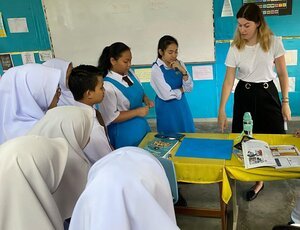
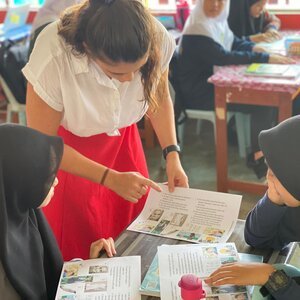
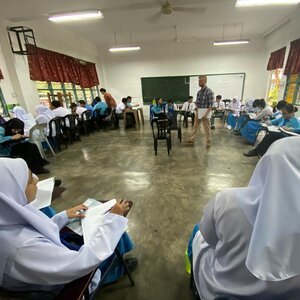
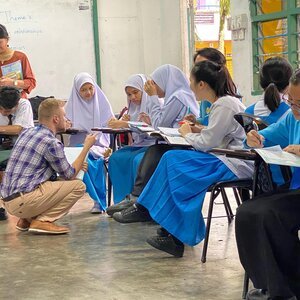
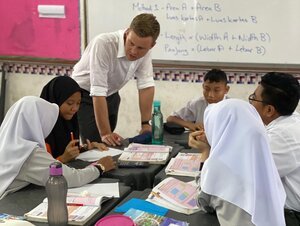
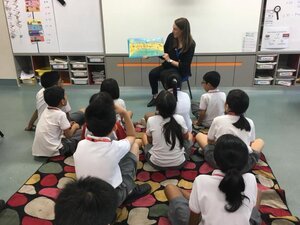

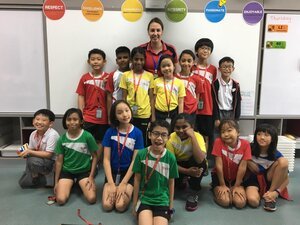
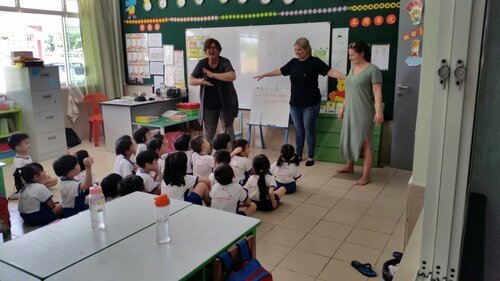
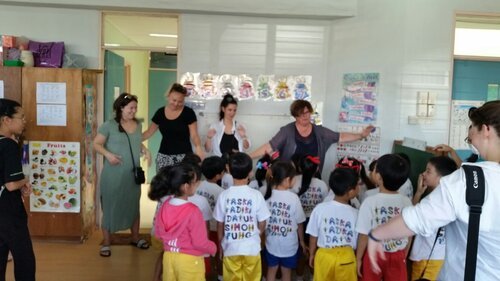
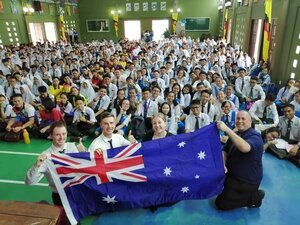
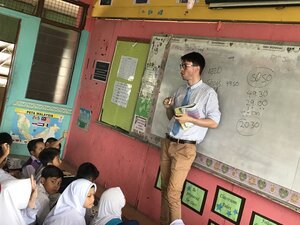
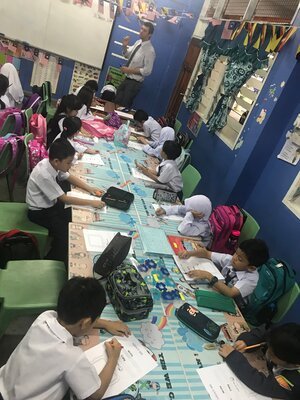
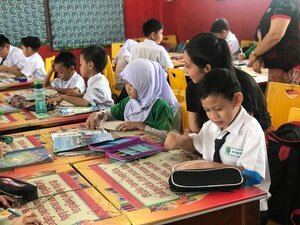
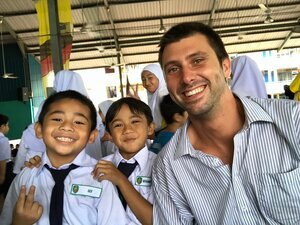
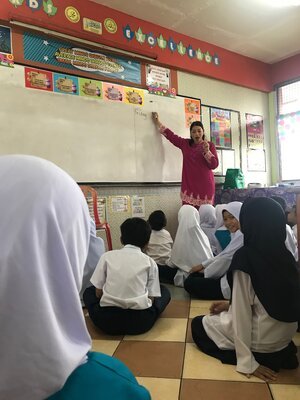

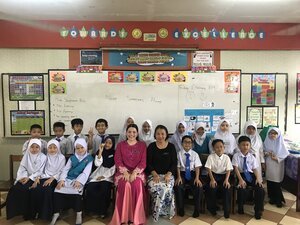
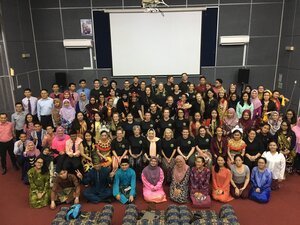
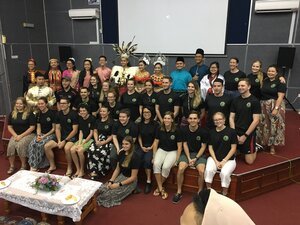
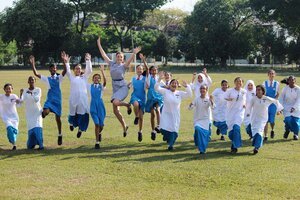
“The Global Student (TGS) helped me establish new International Professional Experience partnership in Kuala Lumpur, the Collaborate International Paired Placement program. Jan dealt with all the in-country arrangements that would have been time consuming and tedious to manage from a distance. She helps students acclimatise quickly, for example The ‘Race around KL” that each student undertakes at the start of new program is great fun and challenges students to try new foods as well as manage public transport. Jan is flexible and adaptable in organising programs and tailors them to specific needs. I have no hesitation in recommending TGS for your International Education experiences.”
— Professor Catherine Lang, La Trobe University
“I’d like to thank The Global Student (TGS) for the level of organisation and planning. Everyone enjoyed the experience because of their commitment to the high standards. Thank you! The students were exposed to different methods of teaching and learning in a different culture. They developed an ability to critically think and evaluate foreign curriculum’s then compare those to the Australian standards. The students also developed experience in situating knowledge in a contextual and cultural setting. They developed practical methods in teaching children who are coming from EAL backgrounds.”
— Natalie Nehma, Early Childhood Education - La Trobe University
Why is it successful?
The program is successful due to the collegiality of consortium academics, with many of these using the experience as an opportunity to collaborate for research on international practicums and the student experience, resulting in numerous papers, conference presentations and book chapters (below).
"Intercultural Professional Placements for Preservice Teachers. Are They an Effective Tool for Developing Social Justice?" Cacciatolo, Lang and Kidman presented at AERA 2018 in New York.
Kidman, G. Lang, C. & Cacciattolo, M. (2017). Pre-service teachers’ international teaching placement: Outcomes for the accompanying academic. In A. Fitzgerald, G. Parr, J. Williams (Eds). Narratives of learning through international professional experiences. (pp. ??-??), Springer.
Kidman, G. Eaton, C. Davies, Z. (2017). Acknowledging and learning from discomfort: The learners’ perspective. In A. Fitzgerald, G. Parr, J. Williams (Eds). Narratives of learning through international professional experiences. (pp. ??-??) Springer.
*The GEP currently runs in Malaysia but the programs can be developed with the Ministry of Education in Thailand.
